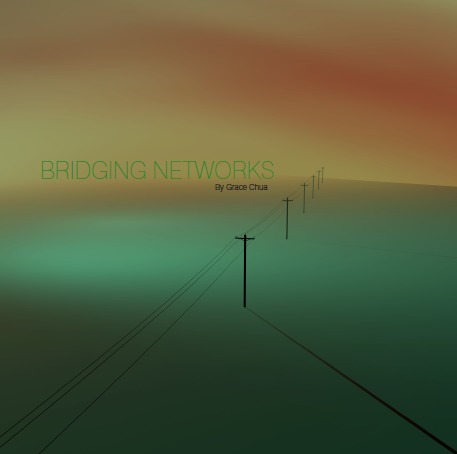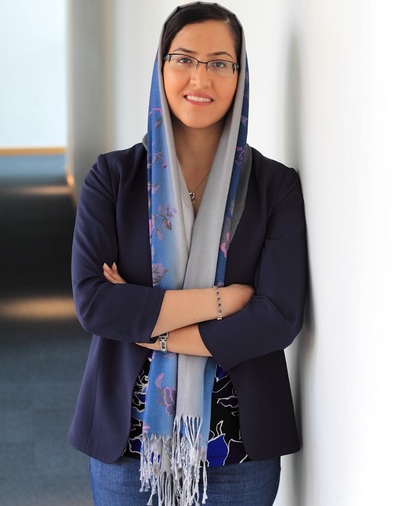

One sticky afternoon in mid-August of 2003, as people were just leaving work or school, an overloaded power line sagged into an unpruned tree outside Cleveland, Ohio.
The line went down, and its power was rerouted to another line, which then short-circuited, causing a cascade that gradually swept across the northeastern United States. Streets went dark, subway lines stopped working, and some 55 million people from New York to Toronto were left without power for up to two days.
The blackout was a combination of many factors: insufficient monitoring meant operators were not alerted early enough to the blackout, while the region's interconnected power grids were not conversing properly with each other. What's more, the networks that control monitoring and communications often need grid power to operate, while power grids need communications networks to monitor and control power supply.
That interdependency between critical infrastructure networks is what LIDS graduate student Marzieh Parandehgheibi, of the Aeronautics and Astronautics department, is trying to understand on a theoretical level.
"I'm trying to look at the interaction between infrastructure like the power grid, the communications network, the water network, and the gas system," she says. "These are interdependent, meaning that the operation of one system is dependent on the operation of the others." For instance, for a pair of interdependent networks, what's the minimum number of points, or nodes, in one network that must go down to affect the operation of another point in the other? (And the more philosophical question: Is it even possible to tell?)
While some models of interdependent networks exist, Marzieh explains, they are often too simple to reflect real-world interactions. For example, one can develop a simple, centralized algorithm to control a grid, but the real US power grid is divided into regions and often split up between multiple utility firms. And real-world power grids usually have some form of backup capacity to tide them over for a while.
Marzieh, who works with Professor Eytan Modiano, hopes the theoretical insights gleaned from modeling and examining such networks will lead to the development of better control algorithms, as well as network designs that provide greater resilience — even-smarter smart grids, so to speak.
Growing up in Iran, the daughter of two philosophy professors was particularly keen on physics and mathematics, just like her brother Ali, who is three years older.
"We've always been close," she says. "My brother has always been an inspiration to me, and we studied together most of the time. When we were very young, our parents would always give us books to read, and as a child, I used to read biographies of the great scientists like Einstein and Marie Curie," she adds.
After majoring in electrical engineering at Sharif University of Technology, Marzieh followed in her brother's footsteps to come to LIDS. (He, too, is a LIDS alumnus.) Here, she became fascinated by a 2010 paper in Nature that first outlined a model for such interdependent networks.
"But the more I read about it, the more I talked to people from the power-grid and communications fields, the more I learned about the gaps in the model," she says. To come up with more realistic models, she attended conferences and seminars and found herself bridging worlds between the theoretical modeling work of LIDS and the practical reality of how power grids are engineered.
As power grids grow more complex, work like Marzieh's will become even more important — even in ways that may not yet be foreseen. For instance, new technologies in transmission and distribution will have to be incorporated into the grid. Software will help operators with grid monitoring. Electric vehicles will alternately tap into the grid or serve as storage units. And as the grid share of renewable energy sources like wind or solar power grows, power grids might need to have more reserve capacity to smooth out electricity supply when these intermittent sources fluctuate. However, having too much reserve capacity is expensive and inefficient. Marzieh explains, "If we have smarter control over the system, we can decrease the size of these reserves. So we're looking at applications where we can use these better controls, and evaluate the risks we might add to the system. If a failure occurs in the control and communication network, what is the impact on the power grid?"
"Everyone's trying to see how we can connect these new technologies to the power grid," she says. "They will help a lot, but may also pose new risks to the system, and it's very important to identify these risks before failures happen."
